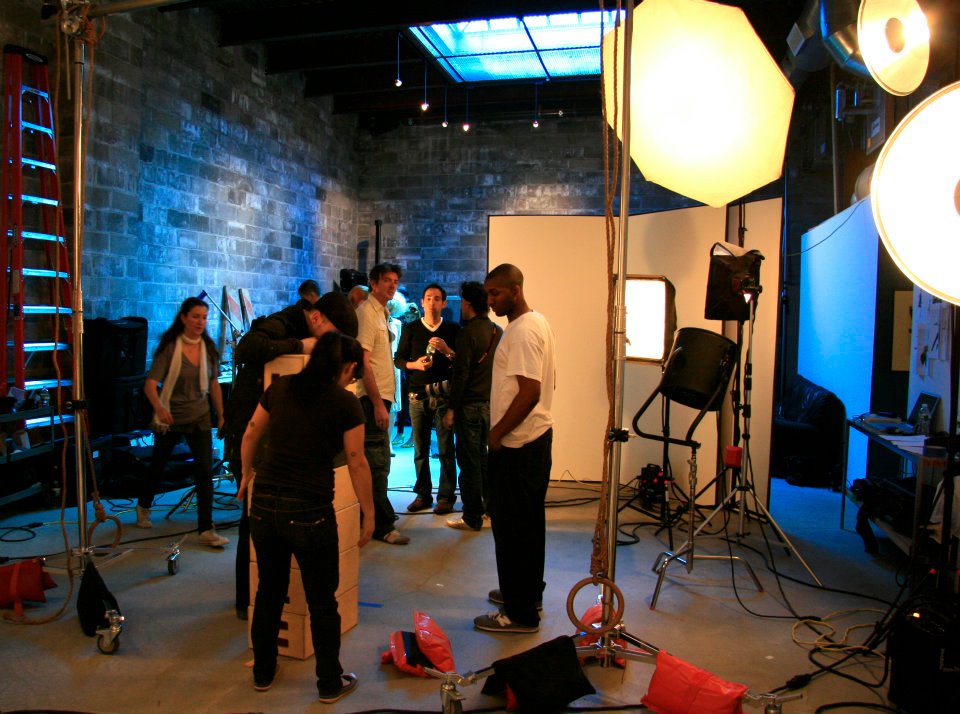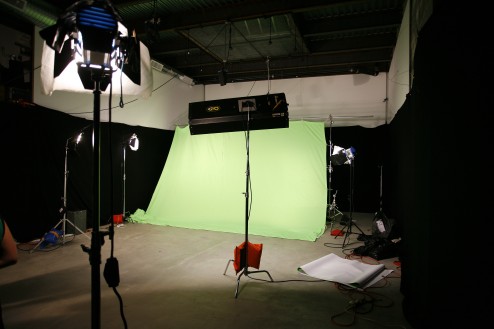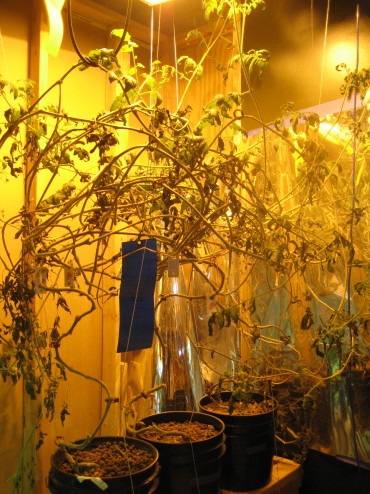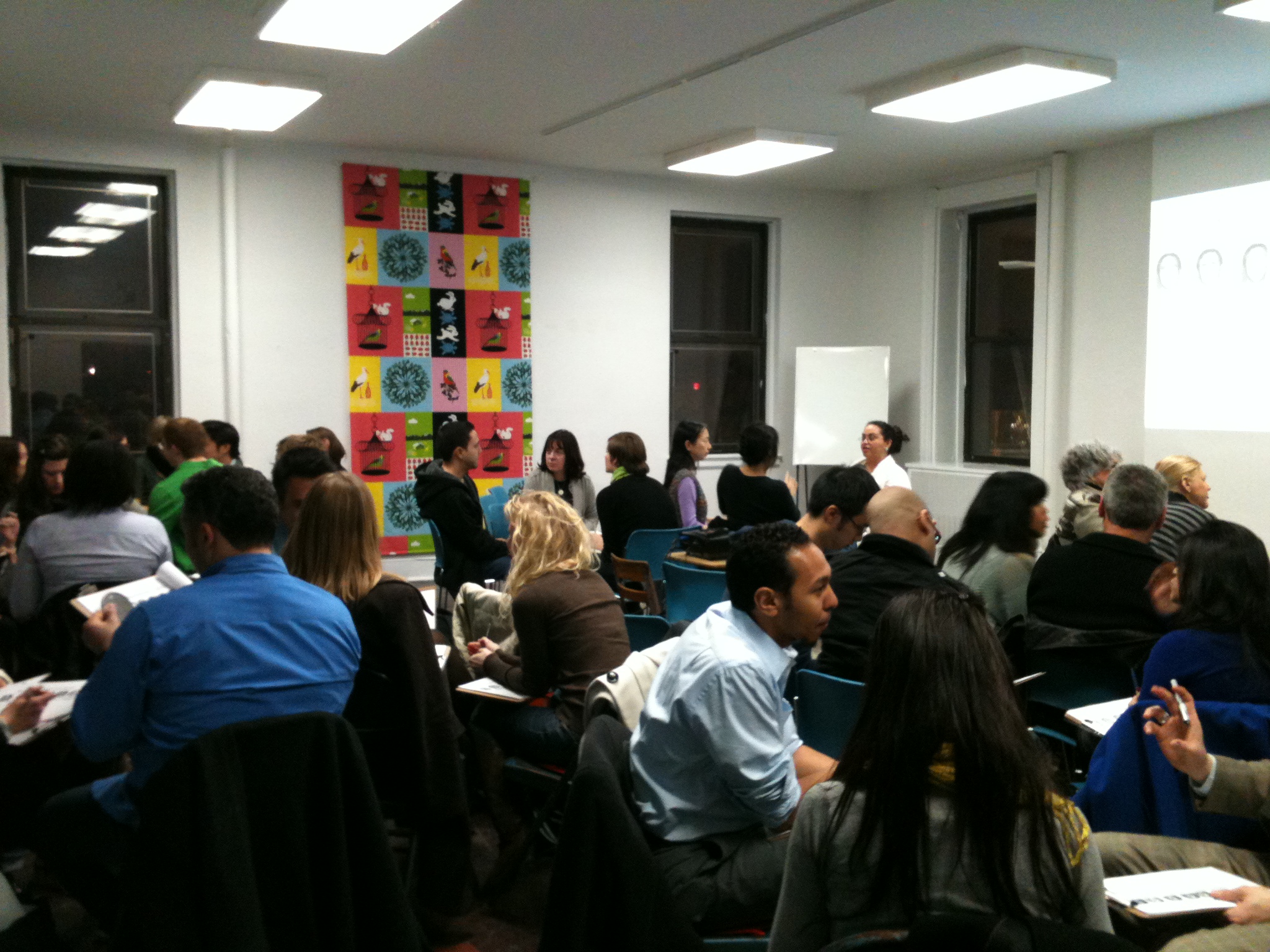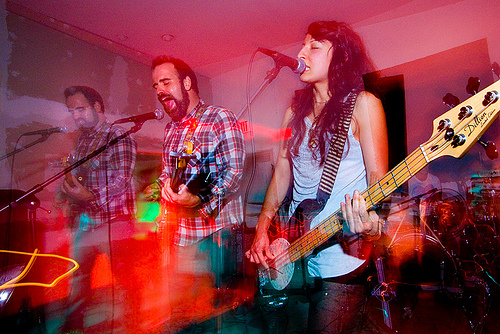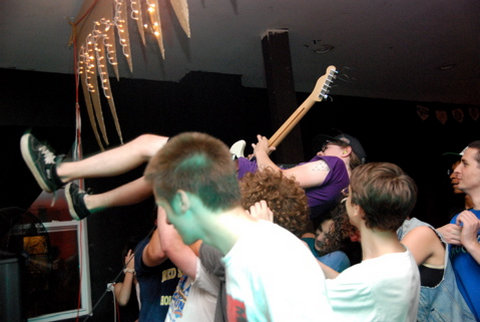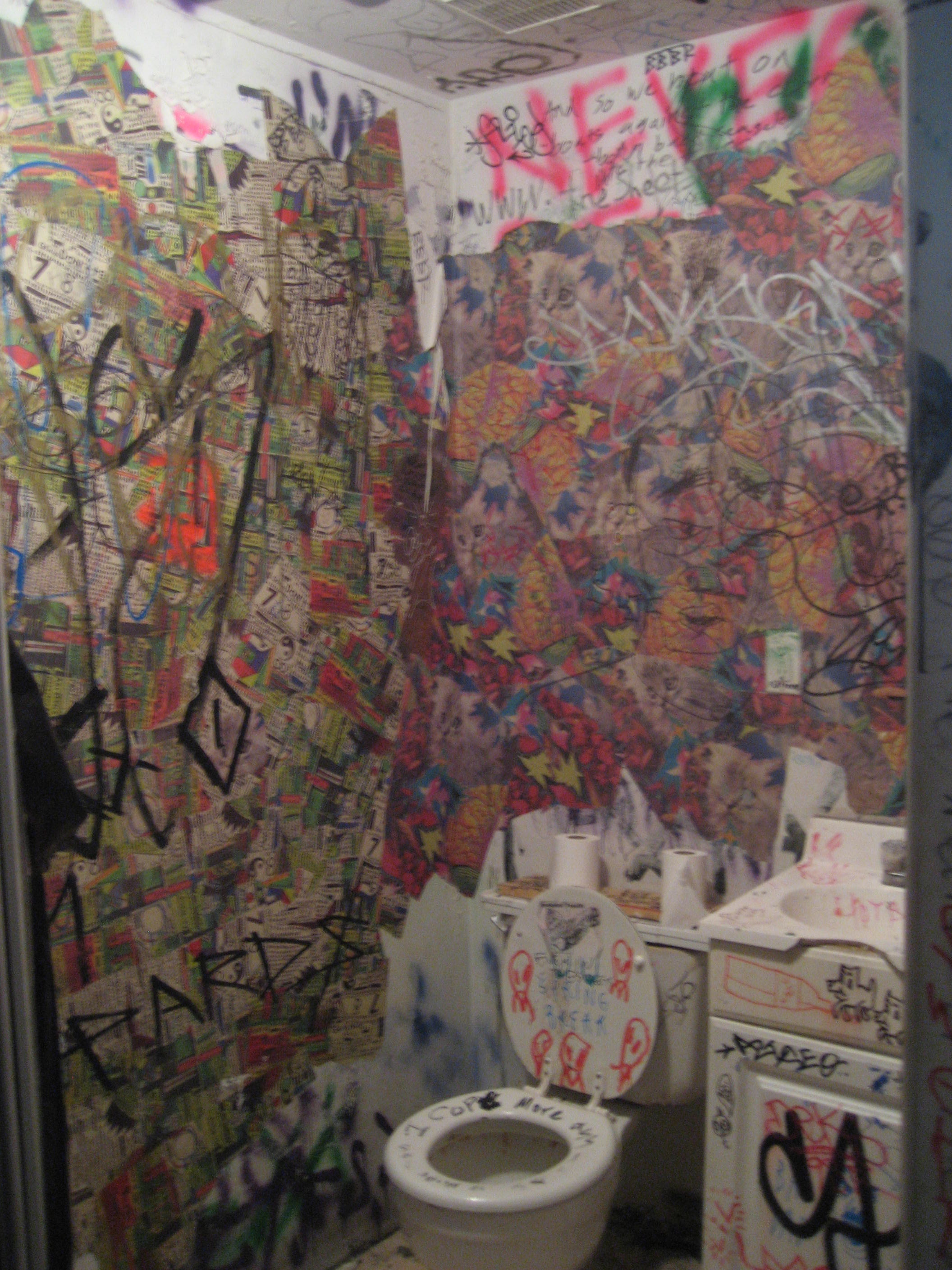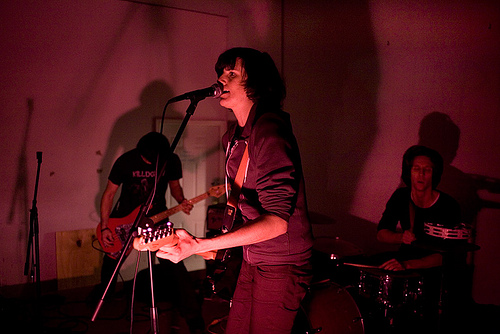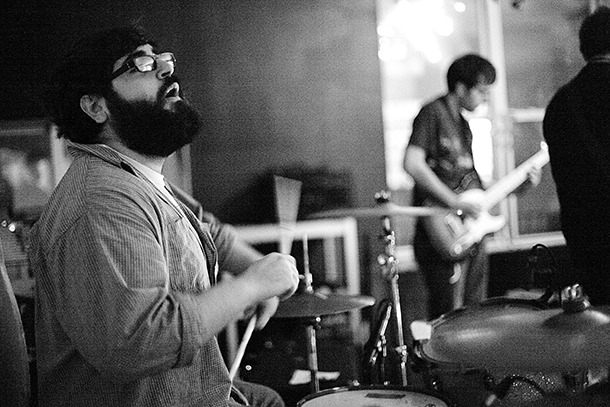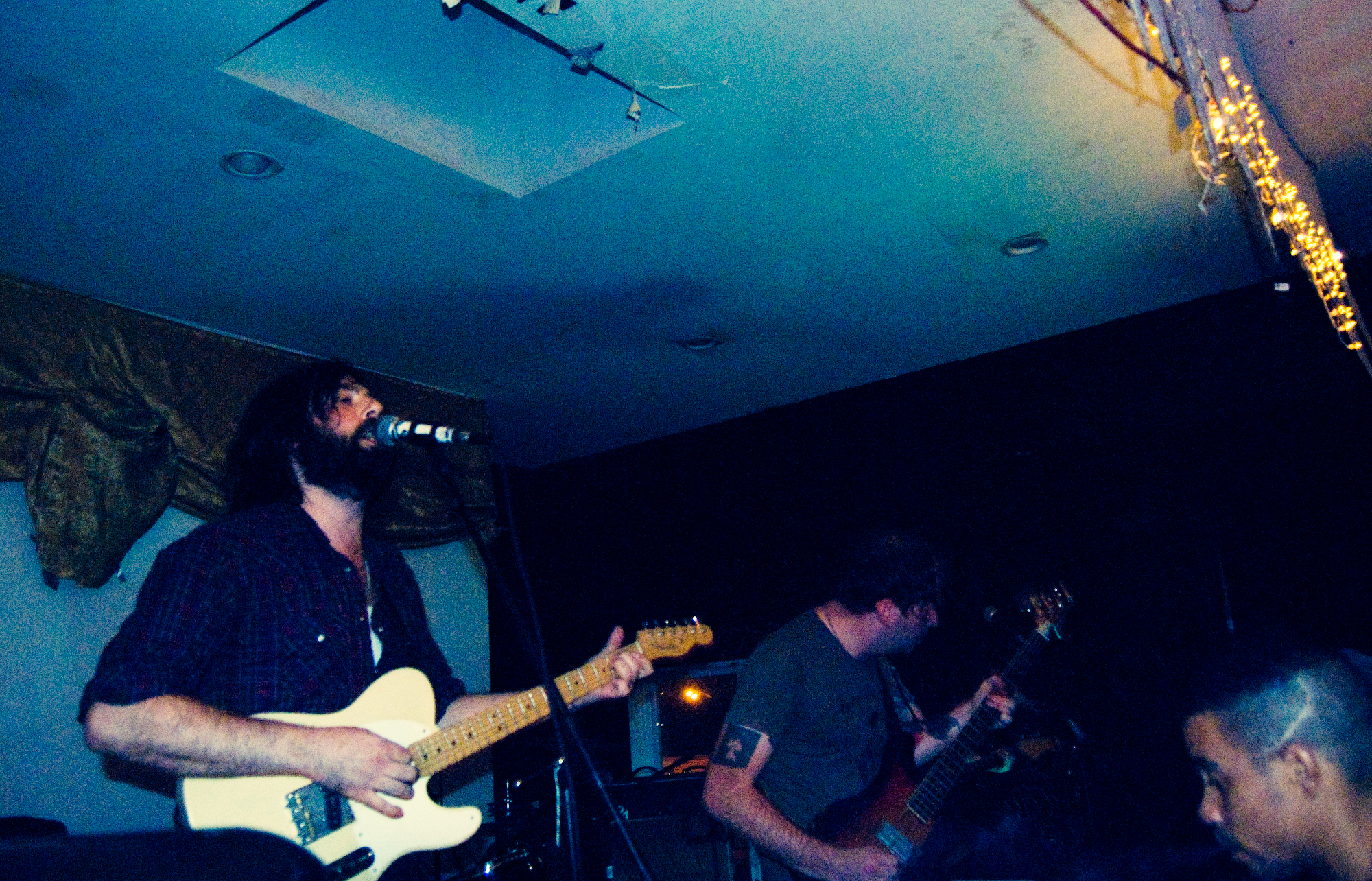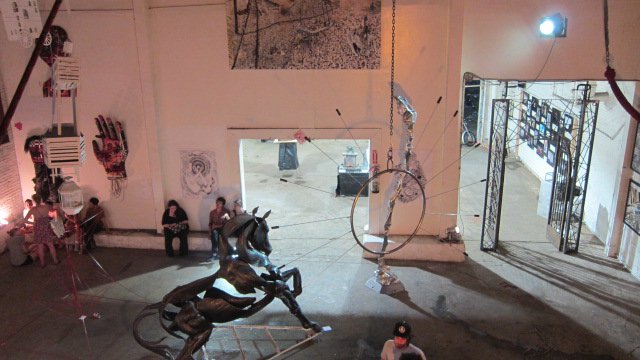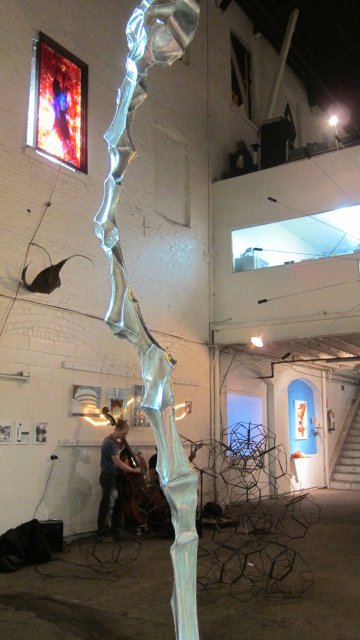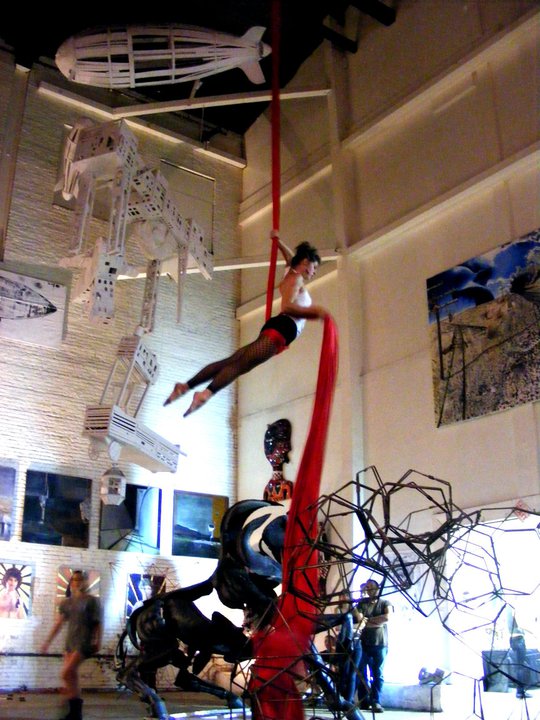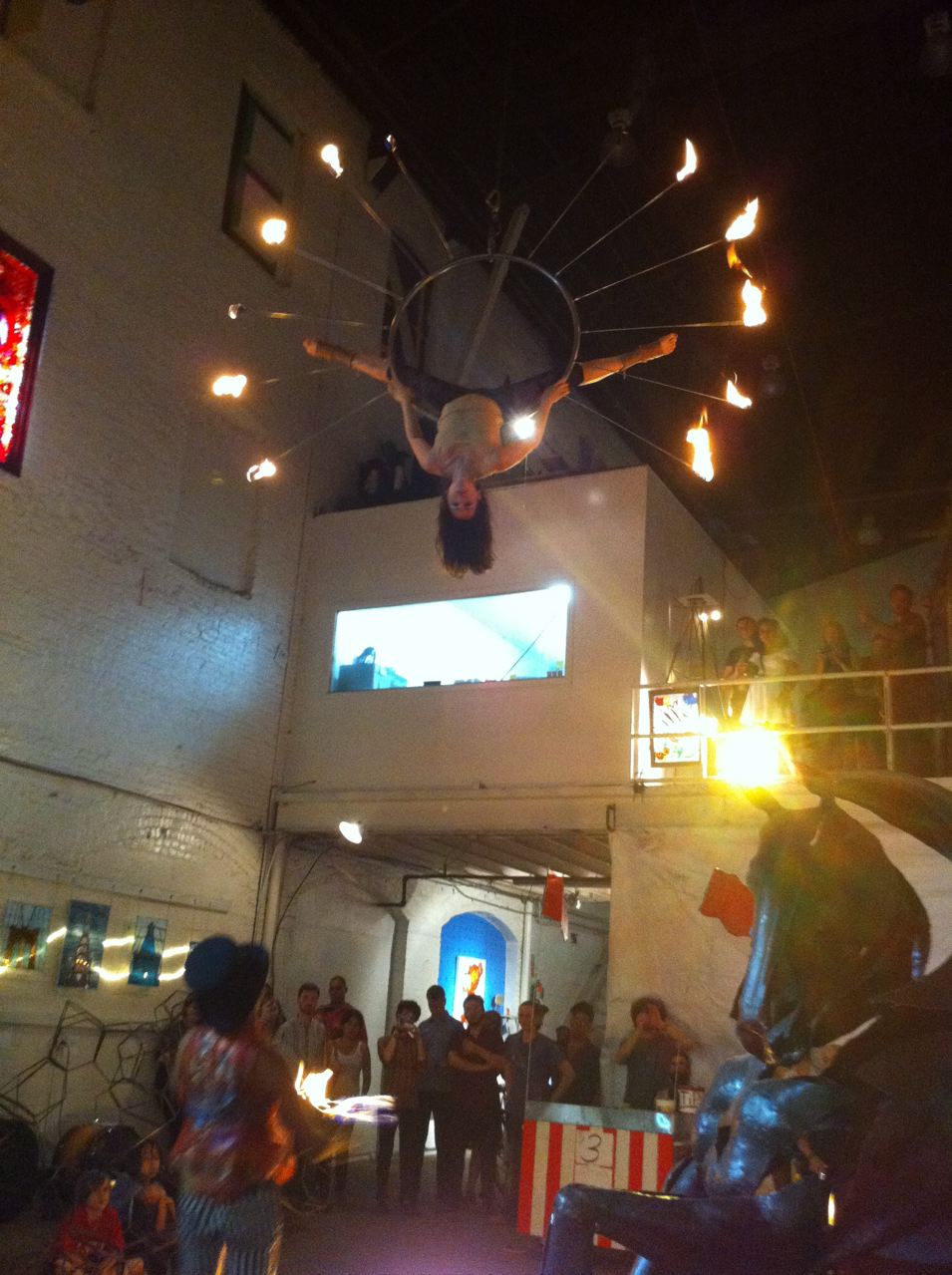hive nyc
neighborhood: bushwick | space type: art collective | active since: 2011 | links: website, facebook, twitter
During this year’s Bushwick Open Studios, I had an ambitious roster of spaces to hit, and by a fortuitous chance, one of those was Hive NYC, a nonprofit multidisciplinary art space that is home to a collective of musicians, visual artists, writers, actors, photographers, and aerialists. There was fantastic art on display, by Jewel Lim, Tamar Meir, Our Guy, Sigal Arad Inbar, and Fumie Eshii. And the artists who were there—Yula, Isaac, Kate, and Melanie—were just amazingly warm and welcoming.
They showed us all around the space, then brought out a lovely little impromptu lunch: salad and couscous, hummus and boiled eggs, avocados and cheese and coffee. They were bubbling over with excitement about their space, their projects, their bands, and the life they’re making for themselves. In addition to art and music, they have plas to green their home with a rooftop garden, compost, a water accumulation system, and doing more buiding with salvaged and reused materials. They even have their own living metaphor: an actual beehive on the roof.
brooklyn spaces: How did the space get started?
Kate: There was a group of us all playing music together, and we were all into different forms of art as well, like I write, Isaac does theatre productions, we have a saw-player who paints, our trombone player is working on a rooftop garden, stuff like that. So the idea was just to bring in as many people as possible and give them a place to create whatever they wanted to create.
brooklyn spaces: How did you find the space?
Yula: It was so amazing, it happened really fast. About a year ago, I told a friend, “What I want is to have a little sanctuary for the people I know and love, so they could do whatever they want to do.” And in no more than a year, the Hive started coming together. All these people started being drawn in, our friends brought more friends, and each one of them were geniuses in their little ways. So we were like, “Okay, we need a home.” And a month later, I found this place on Craigslist. Isaac came here, and he was like, “It’s amazing. It’s amazing. It’s amazing!” The landlords are awesome, they’re artists, they said, “As long as you don’t burn the place down, you can do anything you want.” And so we moved in and started doing things. It’s a lot of hard work, but it’s also really rewarding and fun.
brooklyn spaces: What was the last show you had?
Yula: We had a show last night, and our band The eXtended Family played with Dolchnakov Brigade. There were so many people here, it was ridiculous.
Kate: It was so overwhelmingly positive too, everyone was just having a great time. I think there’s a mutual understanding that this isn’t a club, this is a place where people live. We had so many people dancing, and all this artwork all around, and nothing got disturbed, there were no problems at all, there was just a really beautiful, positive energy.
brooklyn spaces: What are some of the other projects people here do?
Yula: The eXtended Family is the heart, it’s all of us. The music is very eclectic. We call it ro-punk, romantic punk, but you can’t really define it, it’s a mix of a lot of shit thrown together with a kind of punchy attitude, but in a positive way. And then Dolchnakov Brigade is just like a megalomaniac onion, an underdog-ish, fascist kick in the face. There are several other bands who work with us too, there’s Crooks & Perverts, Gato Loco, This Way to the Egress, Torcher Chamber Ensemble.
Kate: We have a website that features writers, artists, music, sustainability projects, and humor, as well as allowing members to barter for goods and services.
Yula: There’s also a Philly Hive. They’re doing events in a place called BookSpace, with aerialists and circus-ish type stuff and book readings and poetry.
Kate: One of our members is the editor of Helo: The Crisis Story Magazine. We’re also in the middle of a Kickstarter to try to raise money to get our roof garden off the ground, ha ha.
Yula: We have bees on our roof now. Thirty thousand little sweet bees! I never thought I would be so comfortable around so many bees. But you can be one foot away from this huge swarm, and they don’t bother you, they just mind their own business.
Kate: Didn’t you name them all Deborah?
Yula: Yes, Deborah the Hive. It’s one organism made of many little things, which is a perfect metaphor for us.
brooklyn spaces: Do you feel like Brooklyn has influenced the way you conceive the space, or do you think spaces like this are having an impact on the way that Brooklyn is right now?
Yula: I think the second. For us at least. You can do pretty much anything you want here if you respect everything else. And if you set that tone, people respond to it wonderfully. Little by little, if you just spread it slowly, you might be able to make a difference in a larger way. As soon as Bushwick Open Studios started and I started walking around the neighborhood, I was like, “We’re not the only people doing this!” It’s wonderful. We just need to make some connections and make this trust circle bigger, broader, and stronger, and then who knows what can happen? I’m hoping that this is just the beginning, that everybody’s going to pick up from this and just do more and more.
Kate: There’s been a pretty big snowball effect since we’ve started. We’ve been picking up more and more people and having a great time. This space has definitely come together very quickly.
Yula: If we can just continue to do what we do and enjoy it, that’s all we really want. Just don’t bother us doing it. World, don’t interfere. If you have any bad intentions, just stay out.
Like this? Read about more communal art spaces: The Schoolhouse, Swimming Cities, Arch P&D, Silent Barn, Monster Island, Flux Factory, Bushwick Project for the Arts
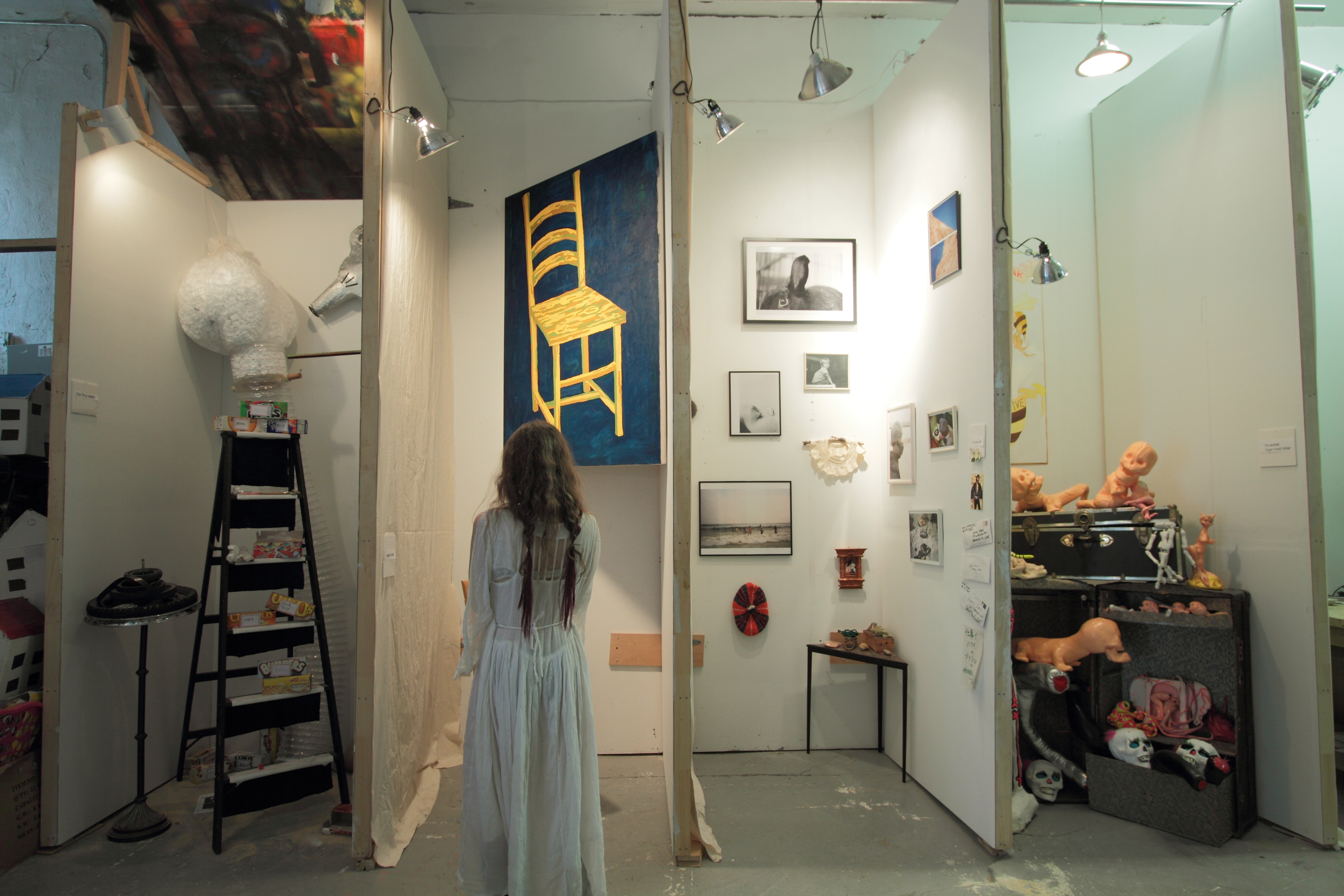


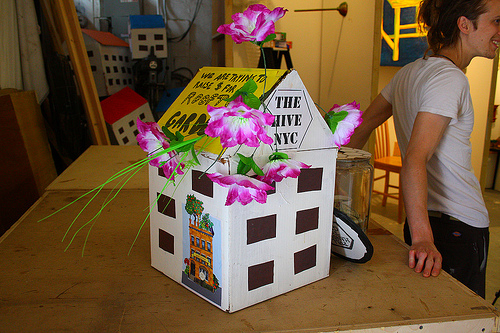

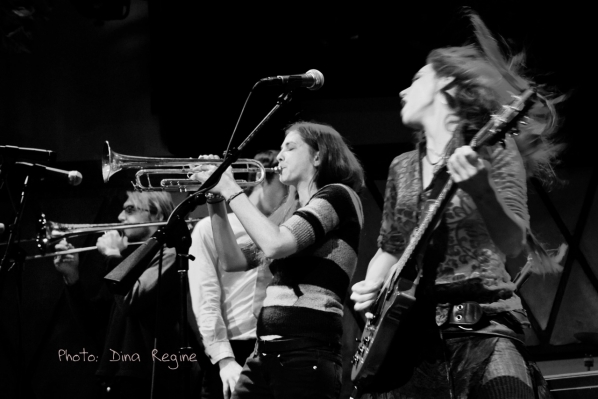


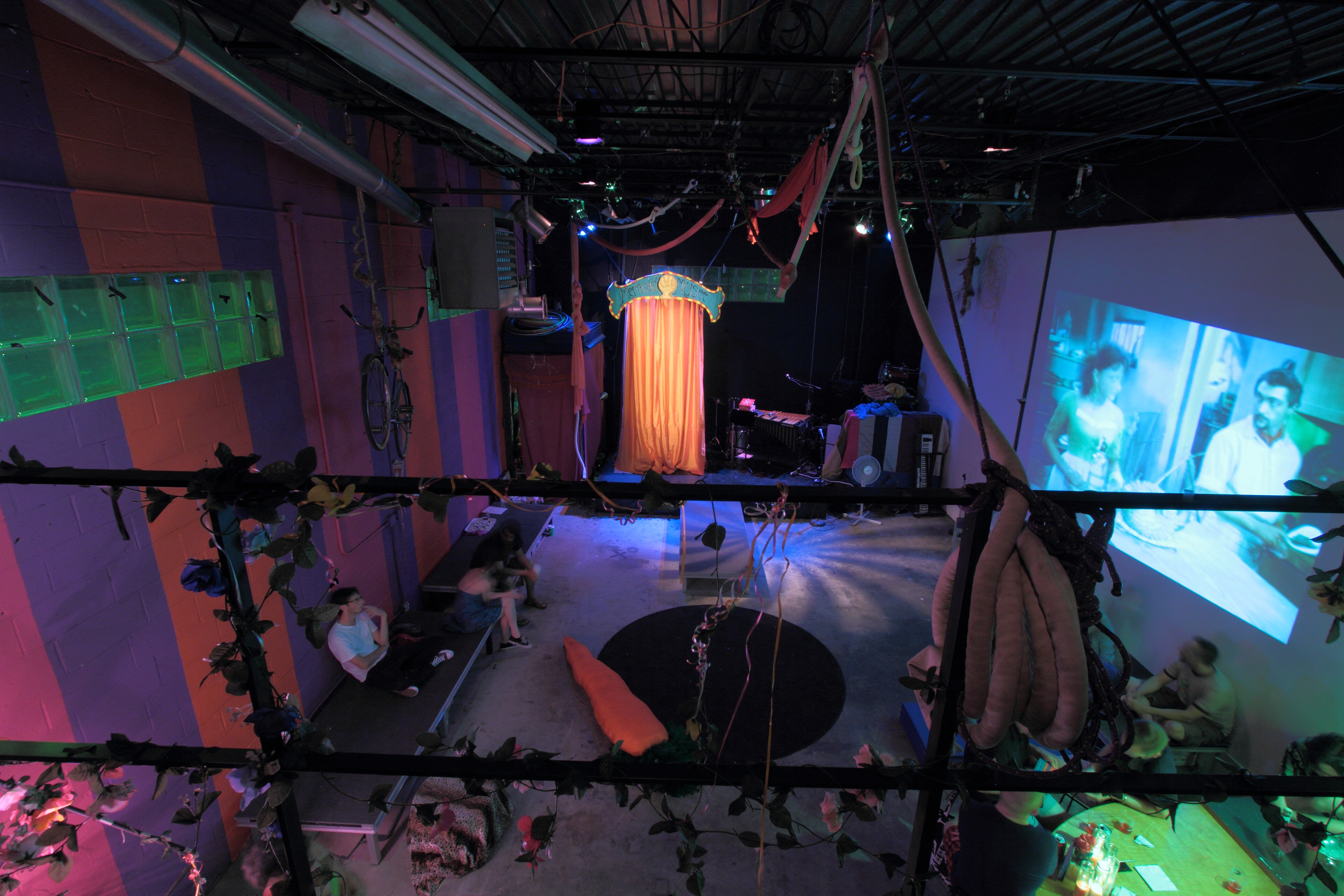
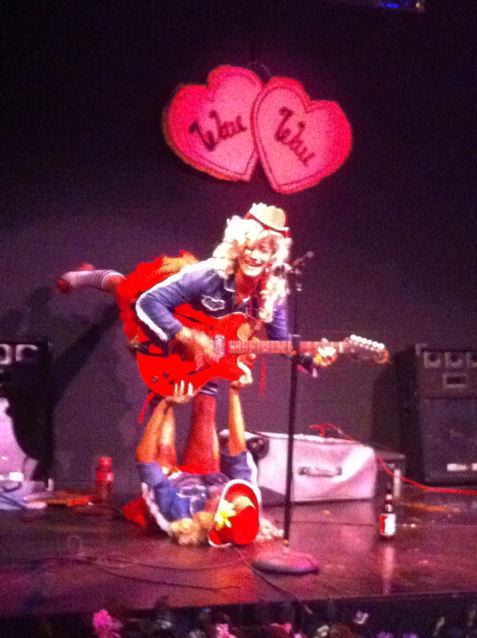
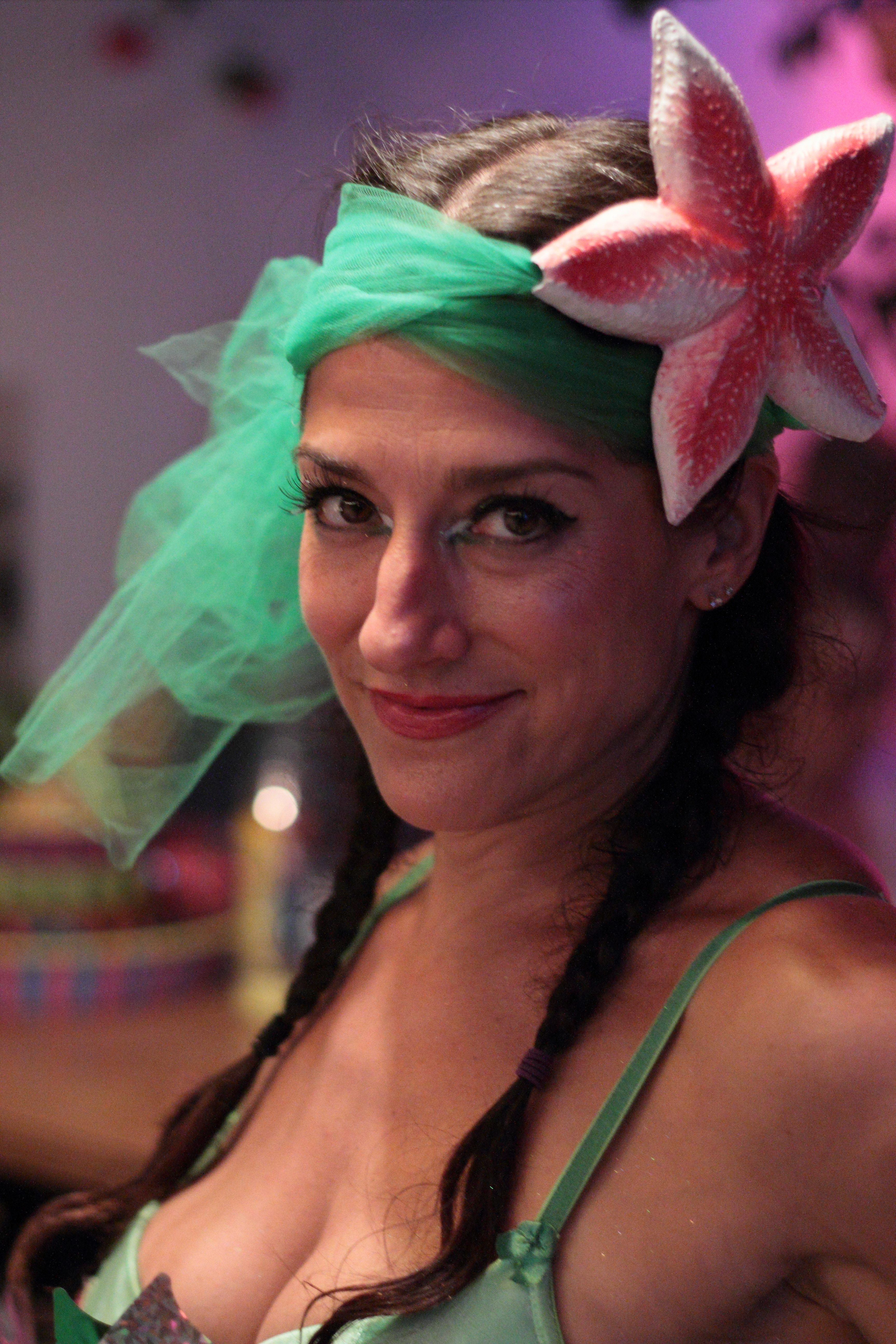
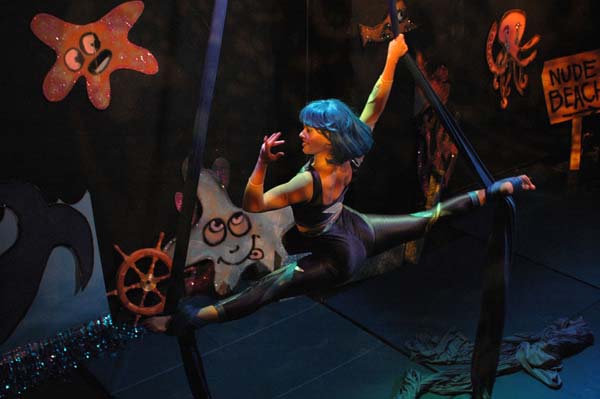
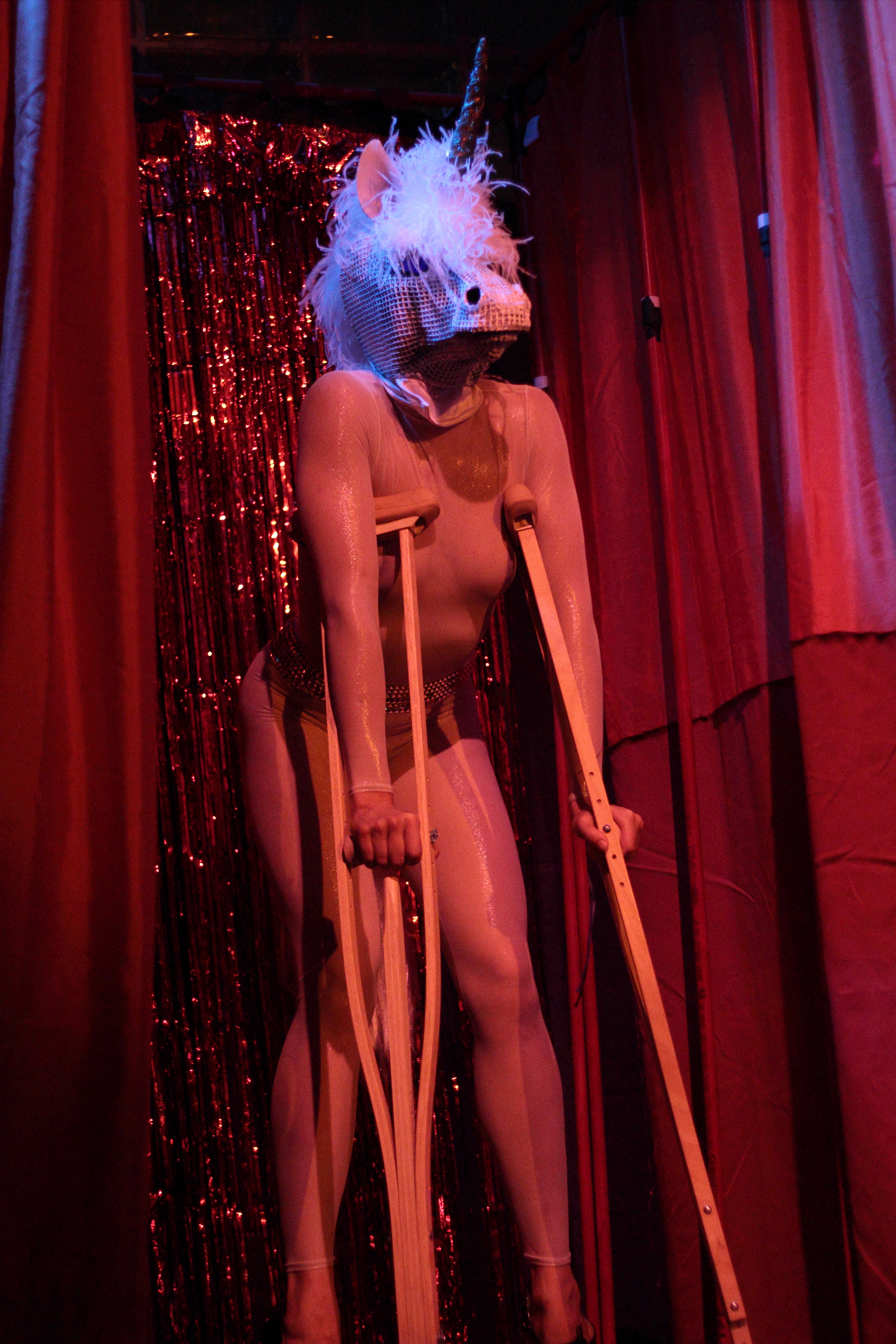
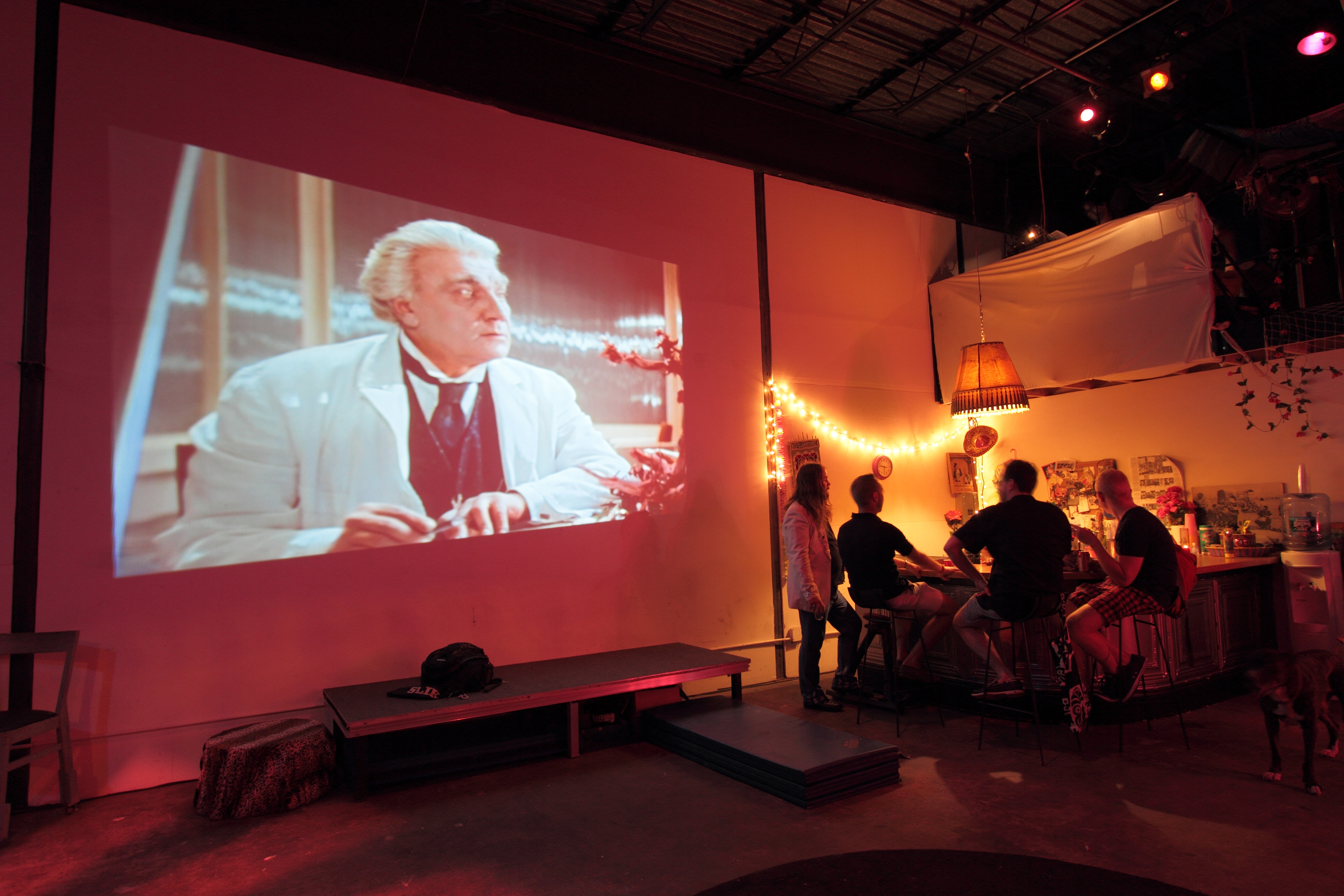
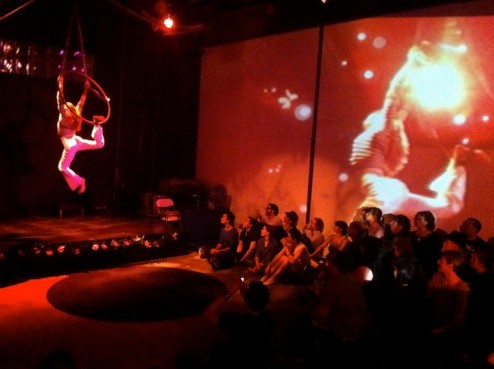
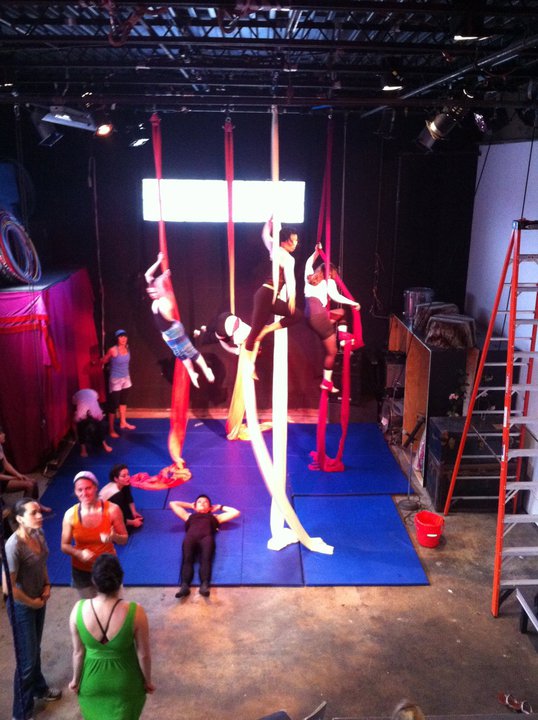
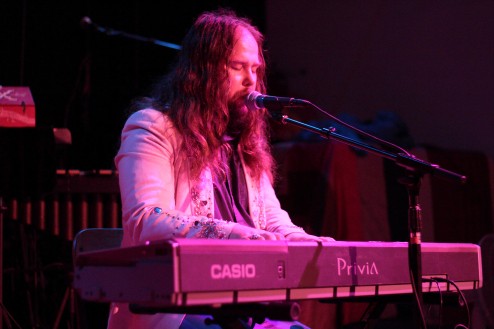
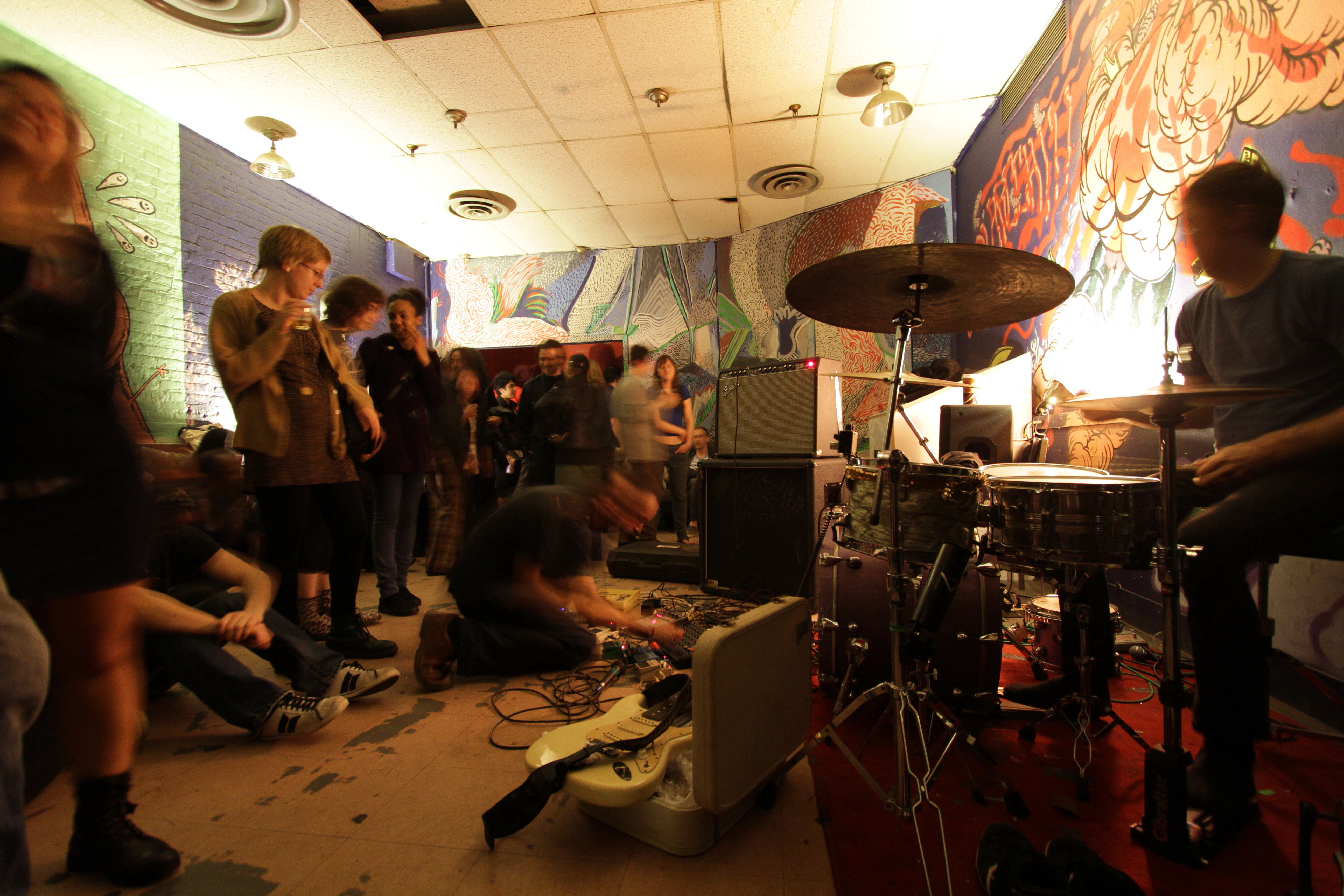








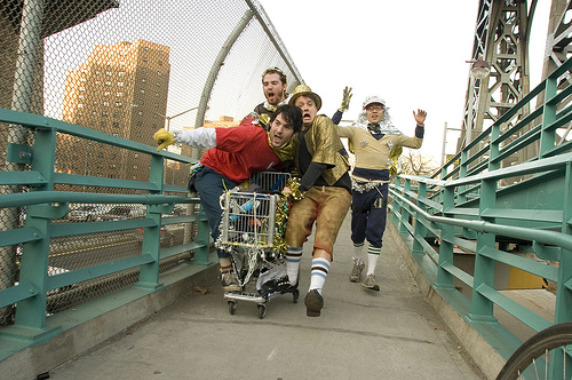
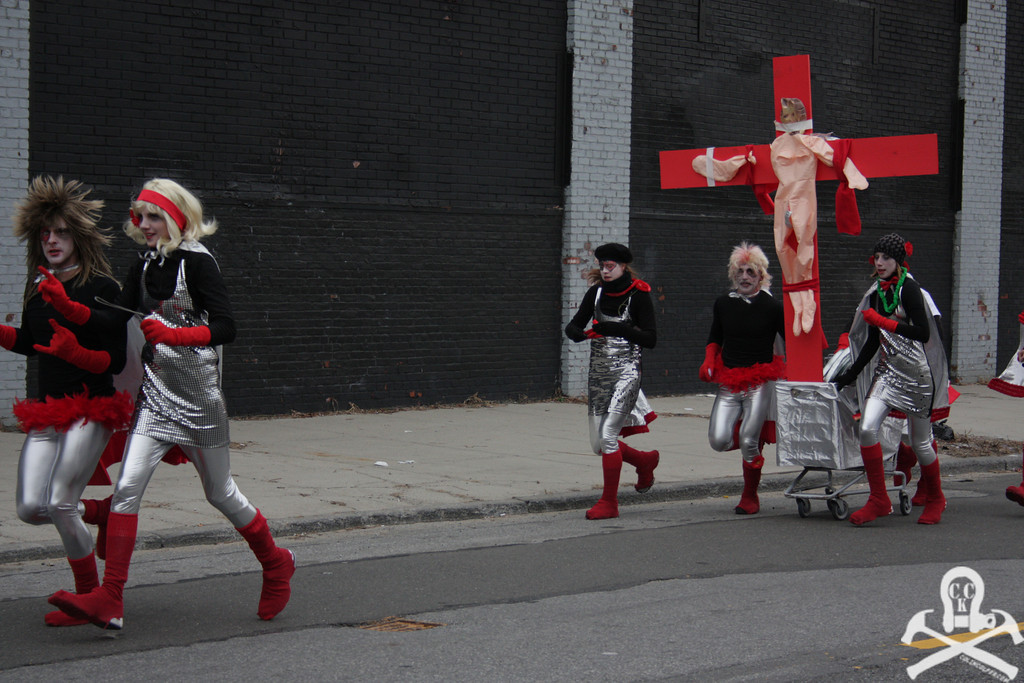
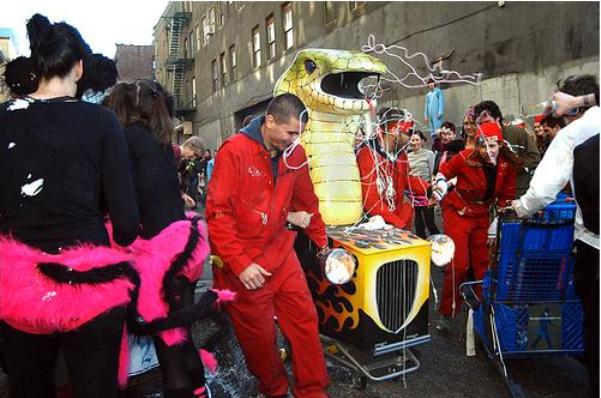
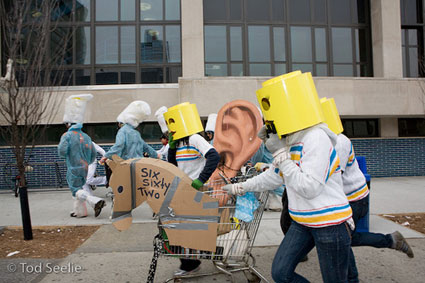
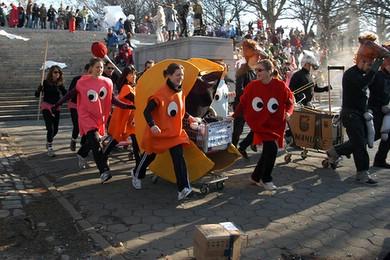
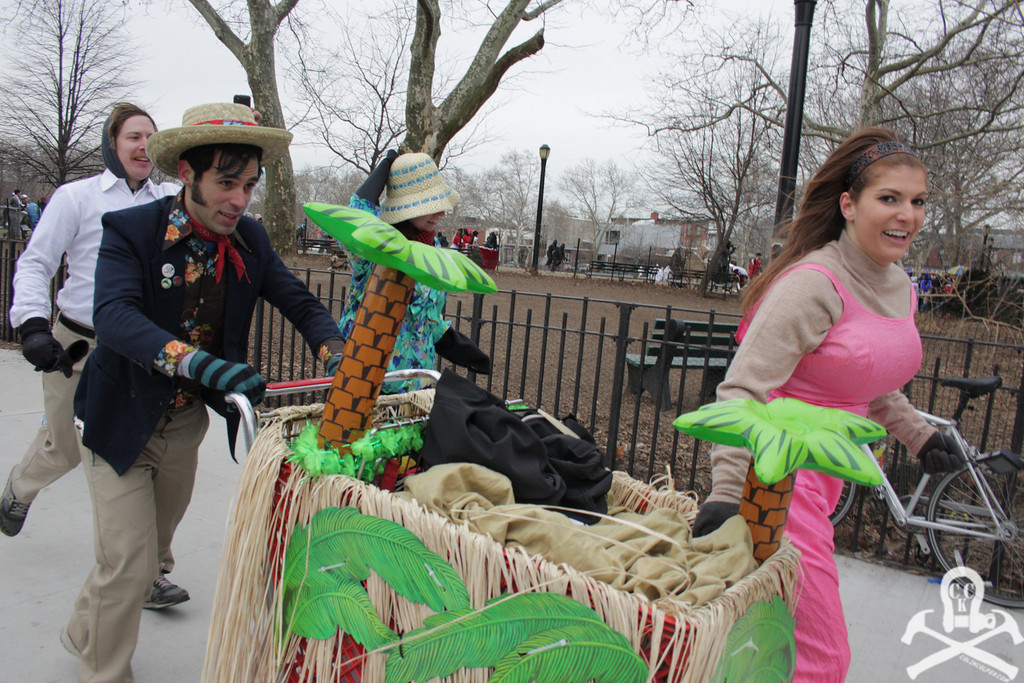
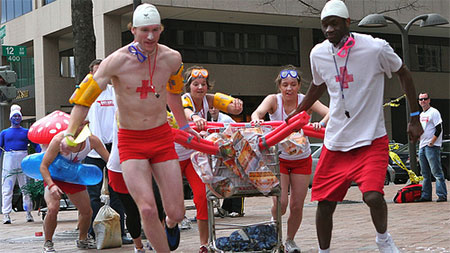
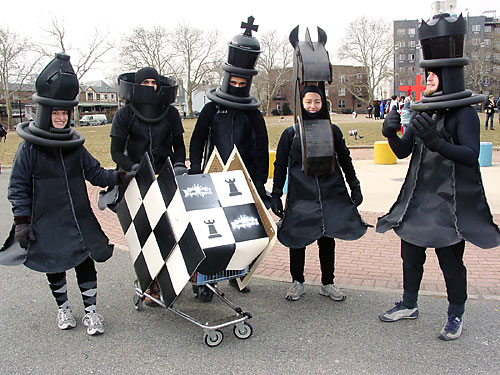

 Central Booking is the curatorial vision of
Central Booking is the curatorial vision of 